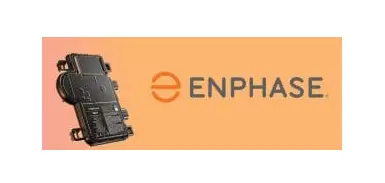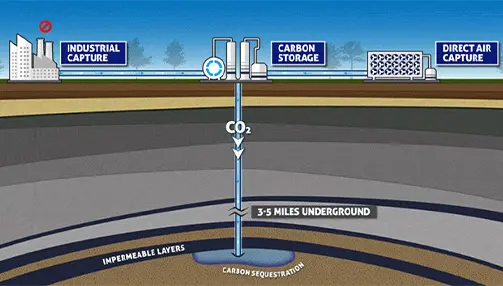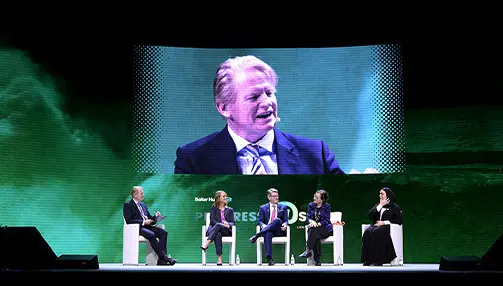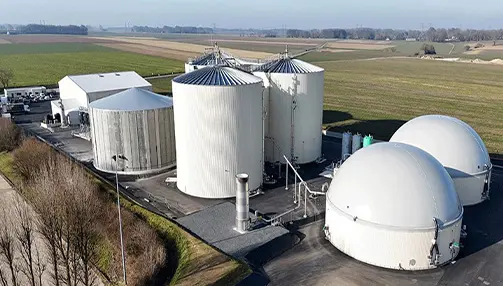
Capturing Inflation Reduction Act Solar Energy Tax Credits
 Enphase Energy, a supplier of microinverter-based solar and battery systems, announced residential and commercial products that can help solar projects qualify for the Domestic Content Bonus Credit. Projects using specific Enphase microinverters supplied from manufacturing partners in the United States and specific US-made solar racking equipment could qualify. The Domestic Content Bonus Credit is a tax credit that aims to encourage manufacturing and clean energy deployments in the United States as part of the Inflation Reduction Act (IRA).
Enphase Energy, a supplier of microinverter-based solar and battery systems, announced residential and commercial products that can help solar projects qualify for the Domestic Content Bonus Credit. Projects using specific Enphase microinverters supplied from manufacturing partners in the United States and specific US-made solar racking equipment could qualify. The Domestic Content Bonus Credit is a tax credit that aims to encourage manufacturing and clean energy deployments in the United States as part of the Inflation Reduction Act (IRA).
“We have a product solution available today that puts the domestic content bonus tax credit within reach and can help increase access to solar energy across the United States,” said Ken Fong, vice president and general manager of the Americas at Enphase Energy. “Thanks to the IRA, we have additional opportunities to reach more people with clean energy, advance our domestic clean energy goals, and create high-quality American jobs. We are helping to make a meaningful impact on the future of energy in America.”
Enphase is currently shipping IQ8 Microinverters for residential (IQ8HC-72-M-US) and commercial (IQ8P-3P-72-M-US) applications from manufacturing partners in the United States. When paired with US-made solar racking rails and fasteners, solar projects can qualify for the domestic content bonus tax credit for projects that begin in 2024. The domestic bonus tax credit is only available to commercial asset owners, including commercial businesses adding solar and product purchase agreement/lease providers who own residential solar projects.
The Residential Clean Energy Credit under the IRA provides 30% of the costs of new, qualified clean energy property for a home installed anytime from 2022 through 2032. The IRA includes three 10% ad-ons as well. The first is a 10% additional credit if steel, iron, or any manufactured product is part of a facility producing in the United States. Enphase and its partners have an offering that would qualify for this credit. There’s another 10% ad-on credit for solar generation projects in energy communicates, which is defined as either a brownfield site or areas related to coal, oil and gas, or natural gas. It’s basically a way to help create jobs and spur economic growth from fossil fuel communities that are transitioning to renewables. The other 10% ad on applies to projects in low-income communities or on Native American land, with an additional 20% credit if the project is part of a qualified low-income residential building project or qualified low-income economic benefit project.










